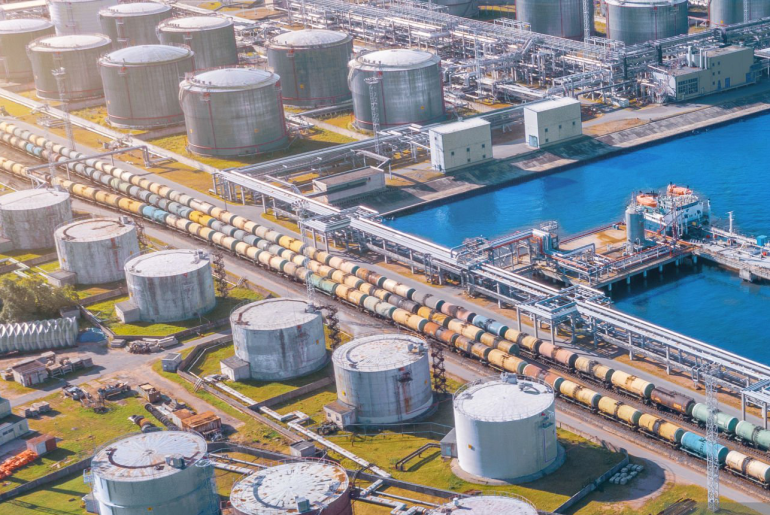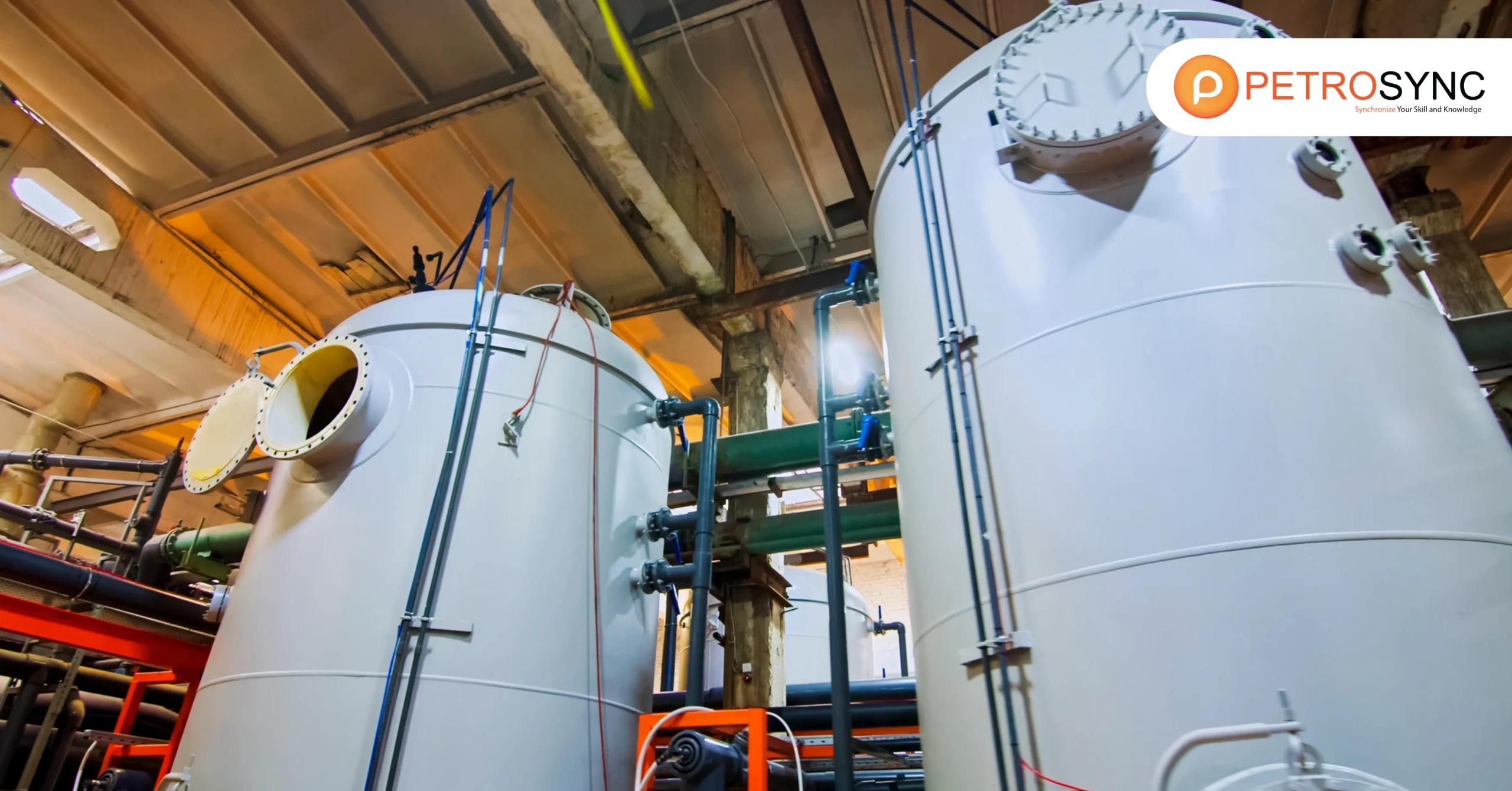Knowing the differences between Boiler Proper and Boiler External Piping is vital for those involved in heating systems. This article delves into the details, offering valuable insights supported by practical experience and authoritative sources.
What Is a Boiler?
A boiler, a closed vessel or arrangement of enclosed tubes in which water is heated to supply steam to drive an engine or turbine or provide heat, is a central component of a heating system responsible for transforming water into steam. It consists of an internal structure, including tubes, chambers, and heating elements, facilitating the conversion process.
This steam, in turn, is used to distribute heat throughout the heating system, contributing to the overall warmth of a building or facility. The boiler’s essential role lies in efficiently generating and utilizing steam to meet the heating needs of a given space.
What Is Boiler Proper?
Boiler Proper, encompassing the internal mechanism, shell, and heads of a boiler, refers to the central component of a heating system responsible for transforming water into steam. It comprises an internal structure of tubes, chambers, and heating elements, playing a vital role in the system’s efficiency and performance.
Additionally, Boiler Proper operates through essential dynamics, including ignition processes and temperature control, ensuring the smooth functioning of the heating system. In simple terms, it acts as the core, converting water into steam and facilitating heat distribution in the overall heating system.
What Is Boiler External Piping?
Boiler External Piping, encompassing the network of pipes surrounding a boiler in a heating system, is all the piping and components that connect to a power boiler. Unlike the enclosed Boiler Proper, these external pipes connect various system parts, facilitating heat distribution.
Configuring external pipes is crucial, impacting the balanced thermal system’s efficiency. The materials used in Boiler External Piping are also essential for durability and efficiency, considering factors like corrosion resistance and thermal conductivity. Regular maintenance, including inspections for corrosion and prompt repairs, is necessary to ensure the prolonged lifespan and optimal functionality of Boiler External Piping.
What Is The Difference between Boiler Proper (BP) and Boiler External Piping (BEP)?
The specifications for boiler piping design fall into two categories: internal and external. Within these, there are three distinct types. The piping inside the boiler is called boiler proper piping (BP). External piping is categorized into boiler external piping (BEP) and non-boiler external piping (NBEP).
Boiler Proper Piping (BP) follows the guidelines outlined in the ASME Boiler and Pressure Vessel Code Section I. This includes all internal tubes and piping within the boiler, such as downcomers, risers, and superheater tubes. Compliance with ASME BPV Section I requirements is mandatory for the fabrication, testing, inspection, and stamping of all internal piping.
External boiler piping (BEP and NBEP), which extends to and from the boiler, handling tasks like feedwater, main steam, vents, drains, blow-off, and chemical feed, follows the ASME B31.1 Power Piping Code. This code guides the design, material selection, fabrication, installation, and testing of external piping. Valves are considered part of the external piping, subject to specific design requirements.
To distinguish between BP and BEP, consider the following boundary points, marking the transition to external piping:
- The first circumferential joint in the case of welded end connections.
- The face of the first flange if bolted flange connections are used.
- The first threaded joint, if applicable.
The table below illustrates the distinction between Boiler Proper Piping (BP) and Boiler External Piping (BEP) based on these boundary points:
|
Piping Type |
Boundary Point |
| Boiler Proper Piping | First circumferential joint (welded) |
| Boiler Proper Piping | Face of the first flange (bolted) |
| Boiler Proper Piping | First threaded joint (if applicable) |
| Boiler External Piping | Beyond the specified boundary points |
What Are Some FAQs of Boiler Proper and Boiler External Piping?
1. How does Boiler Proper differ from Boiler External Piping?
The boiler Proper heats water internally, while Boiler’s External Piping distributes heat through an external network of pipes.
2. Why is material selection crucial in Boiler External Piping?
Choosing materials impacts durability and efficiency, ensuring resistance to corrosion and optimal thermal conductivity.
3. What maintenance practices should be employed for Boiler External Piping?
Regular inspection for corrosion, insulation checks, and prompt repairs are essential for longevity and efficiency.
4. Can the internal structure of Boiler Proper be modified for enhanced performance?
Modifications should be done by qualified professionals following safety standards and manufacturer guidelines.
5. How do heat transfer mechanisms impact the efficiency of Boiler Proper?
Efficient mechanisms contribute to optimal performance, ensuring effective energy conversion.
6. Is there a correlation between Boiler External Piping configuration and system efficiency?
Yes, the configuration directly affects system efficiency, influencing balanced heat distribution.
In essence, a comprehensive understanding of the entire boiler system, including both Boiler Proper and Boiler External Piping, is the cornerstone for efficient, reliable, and long-lasting heating systems. This knowledge equips you with the expertise needed to navigate complexities, optimize performance, and contribute to the overall efficiency of heating systems.
If you want to deepen your knowledge and expertise in boilers, consider enhancing your skills with specialized ASME training. PetroSync offers valuable training programs, specifically ASME Section I training and ASME Section VIII training, designed to provide in-depth insights into boiler operation and pressure vessel design.
Investing in our courses expands your understanding of boiler systems and equips you with the expertise needed to navigate complex standards and contribute to the efficient and safe operation of heating systems with PetroSync!
Credit header image: iStock

SEO specialist by day, fact-checker by night. An avid reader and content writer dedicated to delivering accurate and engaging articles through research and credible sources.






